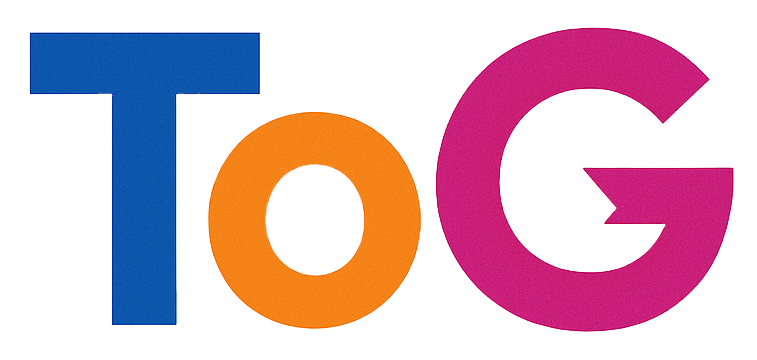Optimizing Your robots.txt File: Managing Web Crawlers for Your New WordPress Site
Launching a new website is an exciting milestone, and ensuring it’s optimized for search engine visibility while maintaining control over your content is essential. When deploying your website on platforms such as AWS Amplify and managing domain settings through Cloudflare, configuring your robots.txt file correctly becomes a crucial step in controlling web crawler behavior.
Understanding Robots.txt
The robots.txt file is a simple yet powerful tool that instructs web crawlers (robots) which parts of your website they are permitted to access and index. Proper configuration can enhance your site’s SEO performance and protect your content from unwanted scraping or misuse.
Allowing Essential Search Engines
Most website owners aim to prioritize visibility on major search engines. For a WordPress site, it’s standard practice to allow well-known bots like:
- Googlebot (Google)
- BingBot (Microsoft Bing)
- Baiduspider (Baidu)
- YandexBot (Yandex)
This ensures your content is discoverable and ranks appropriately in search results.
Controlling Unwanted Crawlers
Beyond enabling major search engines, you may wish to block specific bots that could potentially harm or misuse your content. For instance:
- AI training bots that scrape content without permission
- Bots that generate false web analytics data
- Scrapers or malicious bots that might access sensitive information
To achieve this, you can explicitly disallow certain user-agents in your robots.txt file.
Sample Configuration
Here’s an example of a well-structured robots.txt file that allows vital search engines while blocking unwanted crawlers:
“`plaintext
Allow major search engines
User-agent: Googlebot
Disallow:
User-agent: Bingbot
Disallow:
User-agent: Yandex
Disallow:
Block known scraping or AI training bots
User-agent: [Name of the bot to block]
Disallow: /
Block all other bots from specific directories if needed
User-agent: *
Disallow: /private/
Disallow: /admin/
“`
Identifying Bots to Block
To determine which bots to block, review your website logs to identify unfamiliar or suspicious user-agent strings. You can then include specific directives to disallow them. Keep in mind that user-agent strings can be spoofed, so additional server-side protections may be advisable.
Best Practices
- Regularly review access logs to monitor crawler activity.
- Use the “Disallow” directive judiciously to prevent search engines from indexing private or low-value

